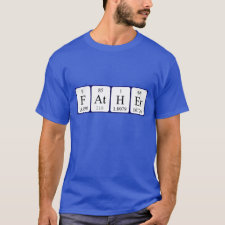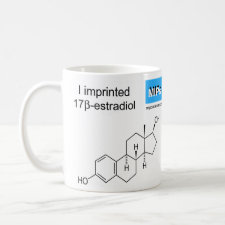
Authors: Plieva FM, Mattiasson B
Article Title: Macroporous Gel Particles As Novel Sorbent Materials: Rational Design.
Publication date: 2008
Journal: Industrial & Engineering Chemistry Research
Volume: 47
Issue: (12)
Page numbers: 4131-4141.
DOI: 10.1021/ie071406o
Abstract: Abstract: A novel design approach to form macroporous gels is presented. Macroporous gels (MGs), known as cryogels (or gels prepared at subzero temperatures), were prepared inside a protective plastic core (so-called, housing), thus making them resistant to shear forces at stirring. MGs are highly elastic polymeric materials with pore sizes up to 100 �m and spongelike morphology. Design of MGs inside a protective plastic core (defined as macroporous gel particles, MGPs) allows for expanding the potential applications of such polymeric materials, even to processes in well-stirred bioreactors. MGPs are resistant to attrition caused by continuous stirring at 400 rpm, while the MGs (prepared under the same conditions) were completely crushed within 12 h of stirring. MGPs with a different functionality were prepared and used in the model sorption experiments. Thus, polyacrylamide-based MGPs of different porosities and bearing metal-chelate ligand, iminodiacetate (IDA), were used for capture of Cu(II)-ions at low concentration from water. Because of the large size of interconnected pores in the MGPs, targets of different sizes (low molecular weight targets as Cu(II)-ions and particulate targets as yeast cells) can be captured on the MGPs (bearing specific ligands to the targets) from a complex mixture. The MGPs can be dried, stored in the dried state, and reswollen when required. The open permeable porous structure of MGPs and high stability at stirring together with ease of preparation make the MGPs a very attractive, novel, robust sorbent medium for different biotechnological applications
Template and target information: β-estradiol



Join the Society for Molecular Imprinting

New items RSS feed
Sign-up for e-mail updates:
Choose between receiving an occasional newsletter or more frequent e-mail alerts.
Click here to go to the sign-up page.
Is your name elemental or peptidic? Enter your name and find out by clicking either of the buttons below!
Other products you may like:
 MIPdatabase
MIPdatabase









